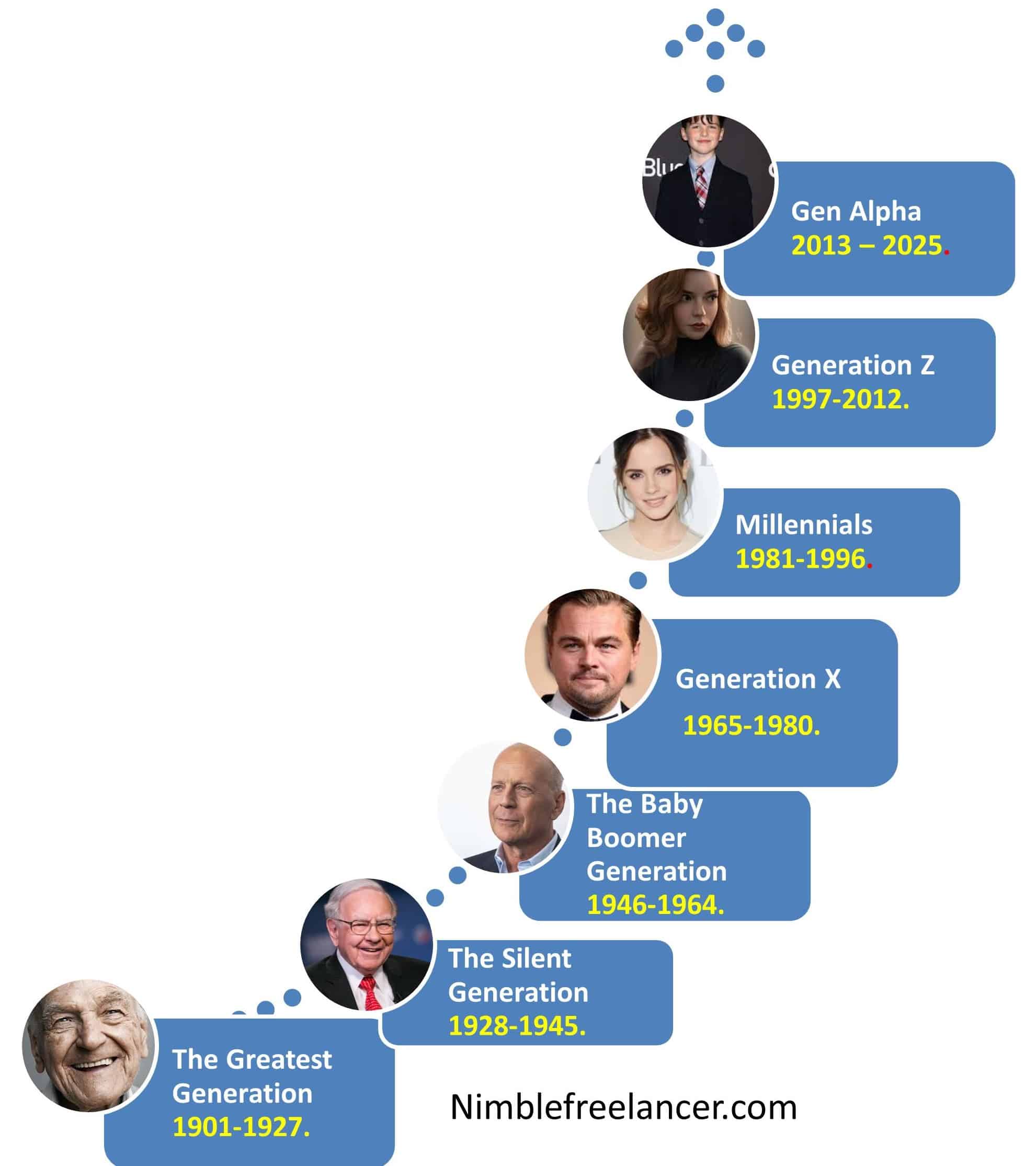The Silent Generation is a term used to describe the generation of Americans born between 1928 and 1945. The events of World War II primarily shaped this generation, as many members of this cohort served in the war effort and would go on to become politicians, diplomats, scientists, business leaders, and more.
This generation experienced rapid changes in technology and culture that followed the Great Depression. Members of this generation grew up with a strong sense of frugality, resourcefulness, and work ethic that had been instilled in them during their formative years as they faced challenging economic conditions.
Despite their reputation for being “silent” or passive, members of the Silent Generation were very active participants in American culture. During their lifetimes, they witnessed numerous advances in science and technology, such as penicillin and radar technologies. They also participated in some of the most iconic events of the 20th century, such as D-Day and the moon landing. Many members contributed to civil rights movements, such as Rosa Parks’ bus boycott in 1955 or marched for equal rights for all races during the Selma-to-Montgomery marches in 1965.
The Silent Generation saw unprecedented immigration from Europe due to World War II displacement and settlement programs like Operation Paperclip, which brought German scientists to America after WW2 ended. This influx of immigration helped shape America’s culture into what it is today – a melting pot of ethnicities coming together to form a unified nation under one flag.
Many famous figures are associated with this generation, such as President Harry Truman, author JRR Tolkien, singer/songwriter Bob Dylan, artist Andy Warhol, and physicist Richard Feynman. Even though they lived through tumultuous times filled with violence and destruction, these individuals made an invaluable impact on society both then and now with their meaningful contributions that remain relevant today.
What Years are the silent generation?
The silent generation represents generations born between 1928 and 1945. However, we should take the year range roughly because the silent era usually began between the late twenties and mid-1940s.
Based on the most common classification, generation names are:
- The Greatest Generation – born 1901-1927.
- The Silent Generation – born 1928-1945.
- The Baby Boomer Generation – born 1946-1964.
- Generation X – born 1965-1980.
- Millennials – born 1981-1996.
- Generation Z – born 1997-2012.
- Gen Alpha – born 2013 – 2025.

Why is the Silent Generation called “silent”?
The silent generation was remembered as a generation that worked within the system without taking risks, working hard and silently.
Characteristics of the Silent Generation:
- Work Ethic: The Silent Generation is renowned for its dedication to hard work, showing commitment and determination to achieve its goals. This generation had seen firsthand the effects of poverty and strife during The Great Depression, so they learned early on that hard work was essential for success.
- Duty-Driven: Not only was the Silent Generation hard-working, but they were also very duty-driven and loyal—traits passed down from their parent’s generation when they fought in World War I. These individuals believed it was a responsibility to serve their country and honorably do what needed to be done, no matter how difficult or dangerous.
- Respectful: Members of this generation were known for having immense respect for their elders and authority figures. They were taught that respecting others was essential, a trait instilled at home by their parents and in school through civic education classes.
- Financial Savvy: Although much of this generation grew up during tough economic times, they were more likely than any other generation before them to understand the importance of saving money and making wise investments for retirement purposes—a lesson passed down from those who lived through The Great Depression era firsthand and wanted better financial stability for future generations.
- Selfless Nature: Growing up during wartime meant that members of the Silent Generation often had to sacrifice personal needs to help benefit others or contribute to the war effort in some way, shape, or form (e.g., rationing food). This selfless nature still resonates with many people today, who look up to these individuals as role models due to their charitable spirits, even when times are tough or uncertain.
Thousands of members from The Silent Generation are still living today – many having worked hard all their lives despite their advanced ages – thus proving themselves to be resilient trailblazers who inspired generations after them through their struggles for peace and prosperity amidst chaotic times. As we look back at our history, we can see how much this generation has done for our world today: from providing humanitarian aid around the globe to helping create modern technologies like computers or even influencing fashion trends with iconic styles like cardigan sweaters, among others; The Silent Generation had brought us far beyond what anyone could have imagined when they were born all those decades ago.
- Facebook Ads to Get Followers! - December 27, 2024
- ClickUp vs. Slack - December 20, 2024
- Mastering E-Commerce Analytics: A Blueprint for Success





